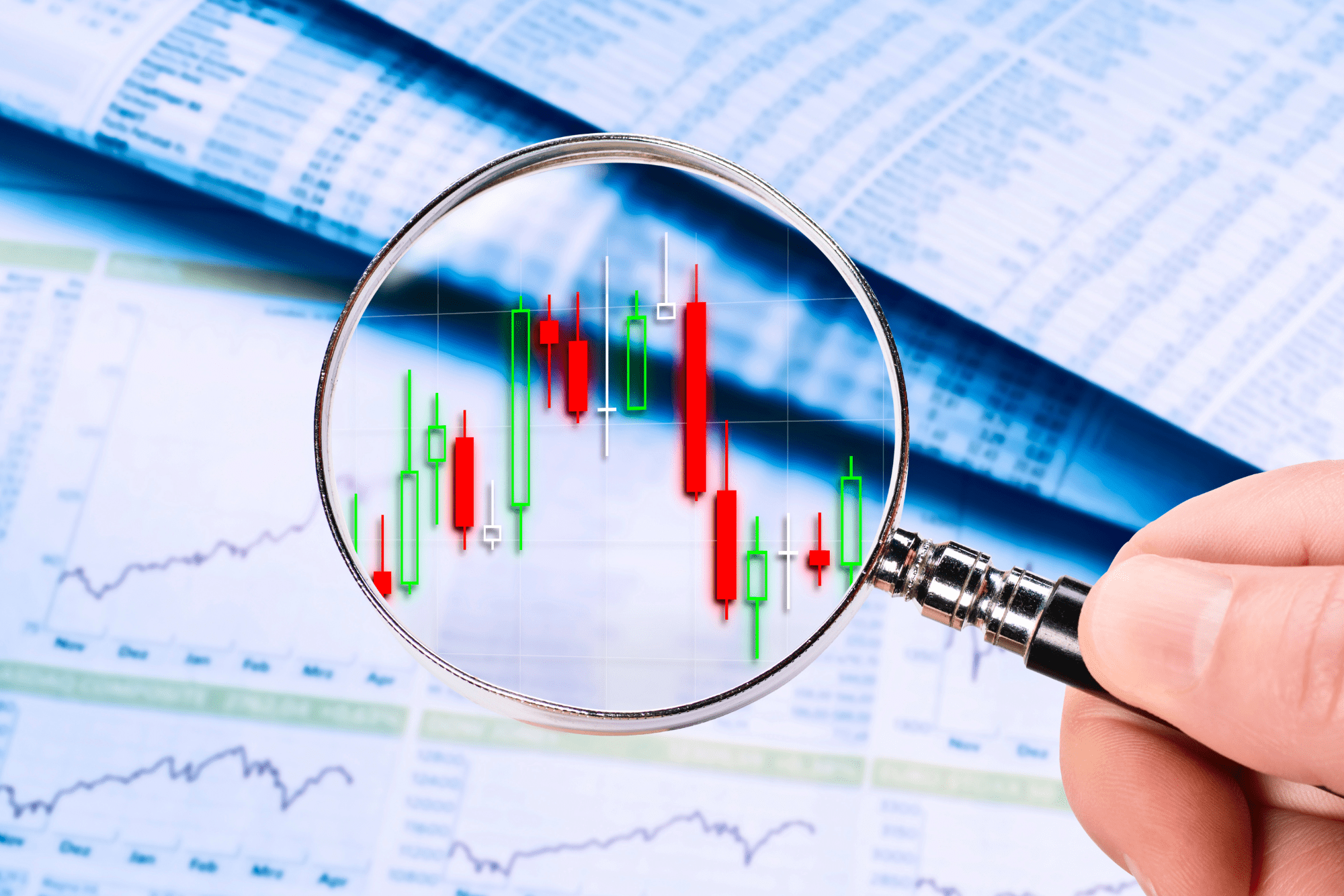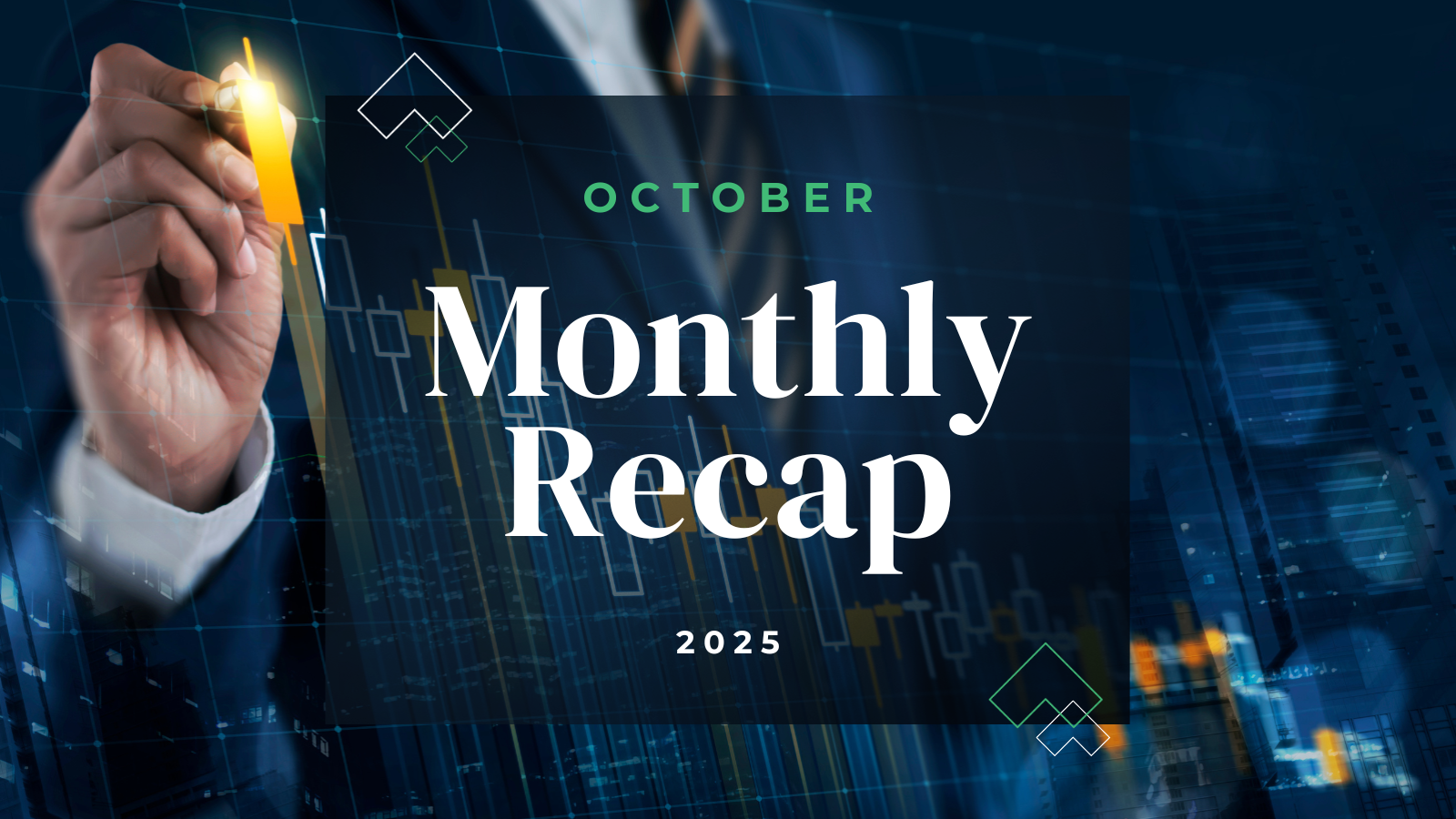Aoifinn Devitt – Chief Investment Officer
As Mid-term election debates are dissected and chatter intensifies, now at T- 21 to Election Day as we go to print, the results still evince some uncertainty. This, together with a growing drumbeat of negative outlooks and expectations management from companies and corporate leadership, is continuing to cast a pall over markets.
Volatility has been the name of the game, and sharp market action kicked off last Thursday with the S&P 500 falling by as much as 2.4% following the publication of the US inflation numbers. This was the lowest level since November 2020, and then stocks reversed course to end up 2.6% for the day. Bonds were similarly active, with the yield of the US 10-year Treasury bond climbing past 4% for the first time since October 2008.
While the September CPI data at 8.2% year on year was down slightly from the 8.3% number, the focus on the relentlessly strong core number as well as the increase in the price of services led to increased market jitters. While no respite from inflation seems at hand, the US Fed is likely to remain committed to its well-telegraphed path of raising interest rates to attempt to keep it in check.
We are only in the early innings of Earnings Season for Q3 at this stage, and in keeping with the “bad news is good news and good news is bad news” anomaly that seems to plague markets at present, certain bank stocks jumped notwithstanding a drop in revenues and earnings. In one case, it was a plan to “reshuffle” certain units to ensure more stability in the future that appeased markets and encouraged them to rally around the plan. Returning to the former point about volatility, it is clear that the turbulent year that 2022 has been has proven almost indigestible, and investors are keenly interested in a smoother ride going forward.
This resistance to volatility squares with the enduring appeal of private assets today – with their longer time horizon, longer liquidity profiles, and exception from mark-to-market policies, interest in private assets has generally stayed resilient amid the market movements year to date. Of course, these assets do not exist in isolation, and valuations in this area are intrinsically linked to public market valuations. For this reason, there is some trepidation about a “reckoning” to come in terms of mark-downs, and some of the most high-profile institutional investors who often invest a significant amount of their portfolios in private assets have warned about “meaningful adjustments”[1] to the carrying value of some of their holdings, particularly their venture capital holdings. We will be watching this space closely for evidence of corporate frailty and potential default risk.
Wrangling between the Biden Administration and OPEC looked to jeopardize recently lower gas prices, while on the geopolitical stage, a confirmation of an unprecedented third term for Xi Jinping in China indicated prolonged entrenchment of the focus on Zero Covid policy and territorial claims. In the UK, the administration executed an embarrassing U-turn in terms of its tax cuts and energy price subsidies in response to market gyrations. When we add to this the churning of Russian and Ukrainian hostilities, as well, we can see that it is no wonder that investors are naturally turning inwards, seeking to block out the unknown and the radical when it comes to political uncertainty and change. Maybe in geo-politics, as in investing, they have seen enough. And, as we face the beginning of winter, it would seem that enough is enough.

[1] See FT Article https://www.ft.com/content/e00fd280-3863-4a12-8dc5-017058590ebe
© 2022 Advisory services offered by Moneta Group Investment Advisors, LLC, (“MGIA”) an investment adviser registered with the Securities and Exchange Commission (“SEC”). MGIA is a wholly owned subsidiary of Moneta Group, LLC. Registration as an investment advisor does not imply a certain level of skill or training. The information contained herein is for informational purposes only, is not intended to be comprehensive or exclusive, and is based on materials deemed reliable, but the accuracy of which has not been verified.
Trademarks and copyrights of materials referenced herein are the property of their respective owners. Index returns reflect total return, assuming reinvestment of dividends and interest. The returns do not reflect the effect of taxes and/or fees that an investor would incur. Examples contained herein are for illustrative purposes only based on generic assumptions. Given the dynamic nature of the subject matter and the environment in which this communication was written, the information contained herein is subject to change. This is not an offer to sell or buy securities, nor does it represent any specific recommendation. You should consult with an appropriately credentialed professional before making any financial, investment, tax or legal decision. An index is an unmanaged portfolio of specified securities and does not reflect any initial or ongoing expenses nor can it be invested in directly. Past performance is not indicative of future returns. All investments are subject to a risk of loss. Diversification and strategic asset allocation do not assure profit or protect against loss in declining markets. These materials do not take into consideration your personal circumstances, financial or otherwise.



